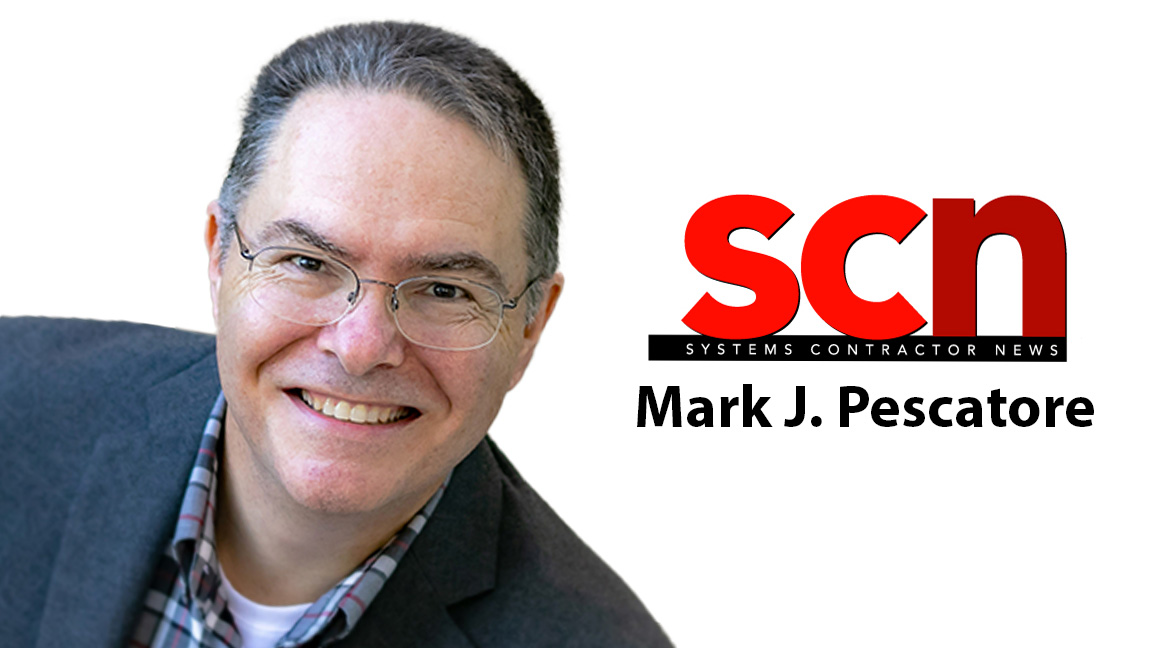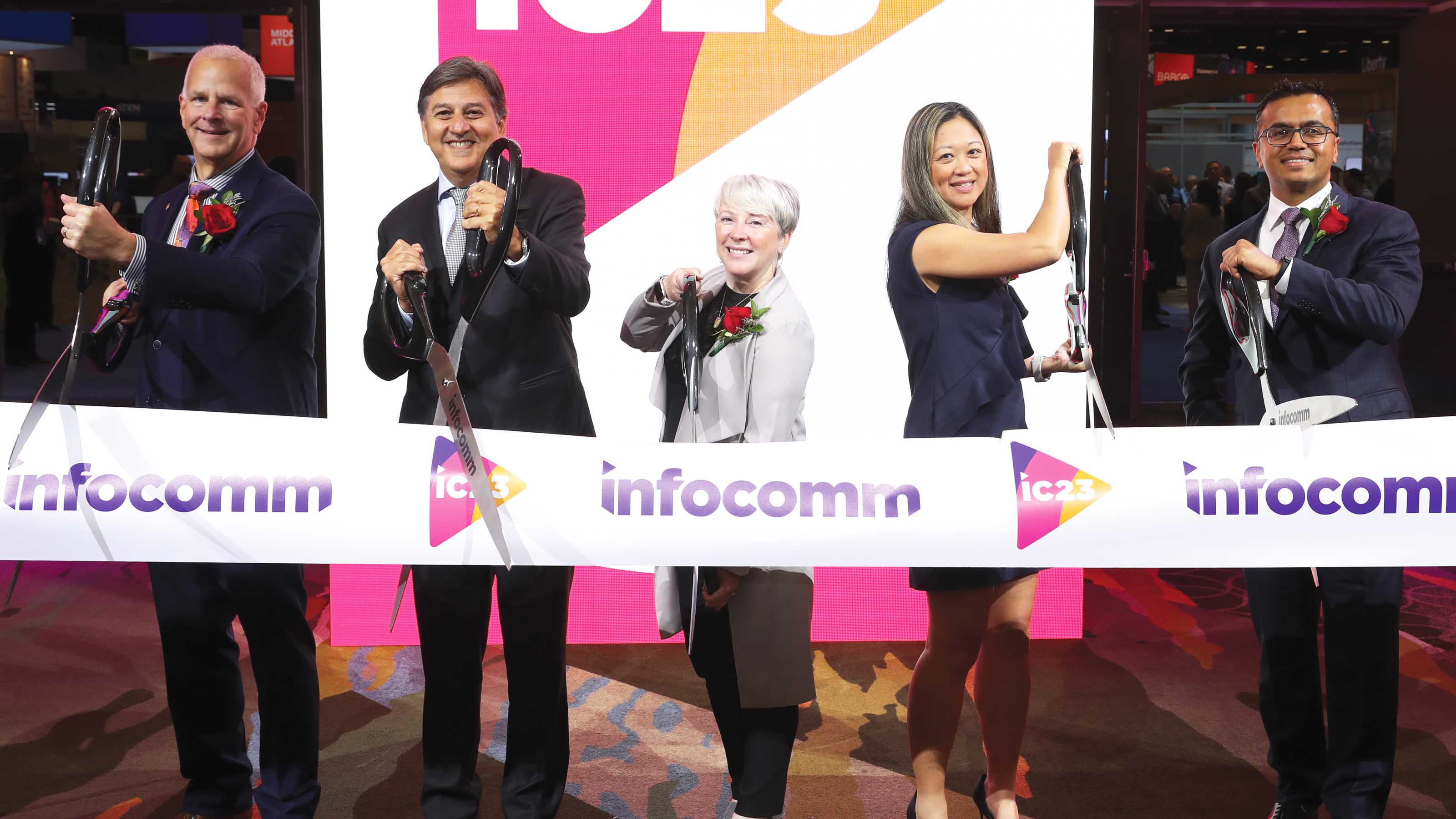Editorial: Celebrate Your Corporate Rituals
They may seem silly on the surface, but rituals are taken very seriously.

“Do you mind if I play a song?”
It was an odd question. Our company produces the Show Daily for several trade shows. I was in the onsite office a little earlier than the rest of the team; I wanted to get a jumpstart on the day’s activities so I would have a little extra time to spend in my natural habitat, the exhibition hall.
Our show photographer, whom I have known for years, came in a few minutes later. I was already deep into editing content when he asked his question. Of course, I answered him with my usual level of grace, professionalism, and understanding.
“What?” (I can be quite the wordsmith at 8 a.m.)
He persisted: “Do you mind if I play a song? Just one song.”
At this point, it’s probably important to mention that I’m one of those people who prefers a quiet environment when I write or edit. I’m fine with nature sounds or pink noise—but play something with a beat, and I’m suddenly far more interested in the woman who is “dressed to kill and lookin’ dynamite” than whether one of our writers has properly used a semicolon.
“Sure,” I replied. After all, I had plenty of other non-editing tasks to do, and it was just one song.
A daily selection of the top stories for AV integrators, resellers and consultants. Sign up below.
I spent the next four-and-a-half minutes listening to “Gimme Shelter” by the Rolling Stones. Loudly, as is right and proper.
When it was done, he thanked me for indulging him, explaining that he plays that song at the start of each day when he’s on a job. “No problem,” I said. “It’s your ritual.”
Many people equate rituals with religious ceremonies, but I think they can be found far beyond the confines of an altar. We all have our rituals, and I contend they are different from habits. Brushing your teeth: That’s a habit (and it’s a good one, too, kids), and hopefully it’s part of your overall personal wellness routine.
But a ritual? That’s important. It’s specific. It has purpose.
Our photographer could have listened to “Gimme Shelter” on headphones, and I would have never been the wiser. But he was better served by hearing it fill the room, not just having the song spit out through a couple of pellets in his ears.

A ribbon cutting is a ritual. Most trade shows I've attended have had one to conclude their opening ceremonies, and it tends to draw a crowd. The ribbon itself—usually some variation of a 12-foot piece of thin fabric that's 4 feet off the ground—isn't much of a deterrent to stop you from gaining access to the show floor (though the oversized scissors might give you pause). But that's not really the point, is it? The ritual of cutting the ribbon symbolizes the beginning of the event.
[Editorial: The Power of Corporate Culture]
Some car dealerships have their own ritual. Buy a car and you ring a bell or bang a gong or something. Oh, you may think it’s trivial, but how did you feel the first time you bought a new car, and the sales manager directed you toward that shiny, noisy item in the back of the showroom? How proud were you to grab that mallet and have at it?
Rituals are important.
We don’t sell cars in our industry (though some of us customize production vehicles), so there’s no gong waiting with your new keys. But that doesn’t mean your business can’t have or shouldn’t have rituals.
They may not be solemn, but I assure you that people take rituals very seriously, even ones that may seem silly on the surface, because they signify and celebrate the achievements of your employees and/or your customers. If you don't have any rituals as part of your corporate culture, maybe 2024 is a good time to start one. Gong not required. Happy New Year!

Mark J. Pescatore, Ph.D., has been the content director of Systems Contractor News since 2021. During his career, he's hosted and programmed two ongoing regional industry trade shows (including Future B2B's AV/IT Summit), produced and hosted podcasts and webinars focused on the professional video marketplace, taught more than a dozen college communication courses, co-authored the book Working with HDV, and co-edited two editions of The Guide to Digital Television.
